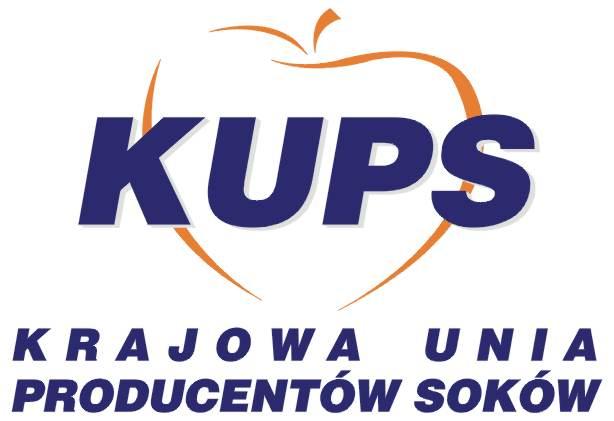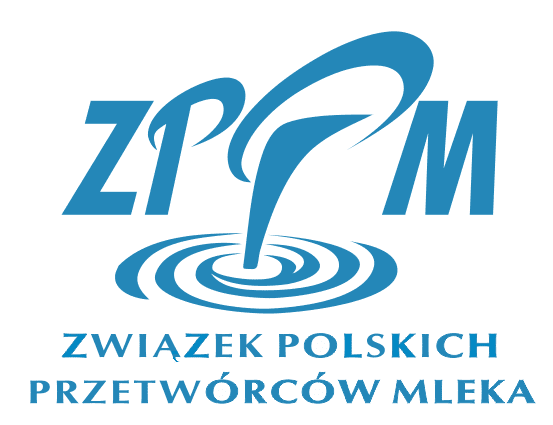ECONOMY
- Domestic Market of Seafood in The Time Of COVID-19 Pandemic (DOI10.15199/65.2022.3.1)
Krzysztof Hryszko 2
An analysis of the fundamentals of the domestic fish market in the period of 2020-2021 indicates that the sector maintained a high rate of increase observed before the COVID-19 pandemic. Some decline in sales was observed at the first stage of the pandemic when due to imposition of certain measures, severe distortions along the domestic marketing chain and international trade occurred. However it was promptly worked out in the second half of 2020. Fish processors generated PLN 352 million in net profits, which was only slightly lower than the record level achieved in 2015. With an increase domestic demand by 1,7%, the volume of production increased by 4,7% and the value of exports by 9,2%. These trends continued in 2021. However, the dynamic rise of the production costs and rising inflation, implies a next difficult period in front of the sector.
KEY WORDS: fishery, fish processing, foreign trade, fish consumption, fish
prices, pandemic
TECHNICS-TECHNOLOGY
- Management Of Energy Resources and The Possibility of Reducing the Energy Consumption of Production in Food Plantsm (DOI10.15199/65.2022.3.2)
Panasiewicz Marian, Jacek Mazur 9
The work assesses the specificity and conditions of proper management of energy resources in food processing. The elements and the necessity of accurate metering and monitoring of energy consumption of processes are discussed. Factors influencing the overall consumption of various energy carriers in food industry plants were compiled and analyzed. The directions and possibilities of limiting the energy consumption of production through, inter alia, the use of inductive reactive power compensation were indicated. An energy audit is discussed as a method of reducing energy consumption in these plants.
KEY WORDS: energy management, ways to reduce energy consumption, energy audit
- Assessment Of Physicochemical Parameters of Boiled Eggs Subjected to The Marinating Process (DOI10.15199/65.2022.3.3)
Iwona Chwastowska-Siwiecka, Beata Paszczyk 16
The aim of the study was the comparison of the physicochemical properties of hard-boiled eggs subjected to marinating process with two types of marinate. The experimental material consisted of 48 boiled eggs peeled from the shell. The control group, not marinated in the amount of 16 samples was directly passed to quantitative analyzes. The remaining 32 eggs were divided into 2 groups (16 eggs per group) and placed in large jars into which two different hot marinades were poured. The research included determination of weight losses, white and yolk acidity, salt and dry matter content of white and yolk of hard-boiled eggs. The results indicate that the largest weight losses of boiled eggs were for samples subjected to the process of marinating in beetroot brine. Hard-boiled eggs marinated in both marinades were characterized by higher acidity of both the egg whites and the yolks. It was noted that the white and yolk of eggs stored in a vinegar marinade had the highest salt content, and the lowest was noted in the control group. In the case of dry matter content, it was confirmed that white and yolk of eggs marinated in beetroot brine had significantly the lowest level.
KEY WORDS: boiled eggs, marinated, weight losses, acidity, content of salt and dry matter
FOOD-FEEDING
- Mechanically Separated Meat as A Component of Processed Meat Products – Consumer Reviews (DOI10.15199/65.2022.3.4)
Aleksandra Bończak, Tomasz Florowski, Anna Florowska, Mirosław Słowiński 20
One of the raw materials used by the meat industry is mechanically Separatoed meat (mSm). the aim of the research was to get to know the consumers’ opinion on its use in the processed meat products. Mechanically separated meat was found to be a raw material known to many consumers, and its presence in the list of ingredients used in the production of processed meats is taken into account when making purchasing decisions. At the same time, a significant group of consumers of processed meat products did not have sufficient knowledge about mSm, which translated into a critical opinion about it. It also resulted in a negative opinion about products made with the use of mSm and a willingness to buy them.
KEY WORDS: mechanically separated meat, processed meat products, consumer
research
- Microplastic Content in Aquatic Food (DOI10.15199/65.2022.3.5)
Patrycja Biernacka, Grzegorz Tokarczyk 30
The versatility and widespread of plastics use by humans has led to the contamination of the entire natural environment with them. As a result, microplastics are consumed by many species of wildlife, including fish and crustaceans, and because they contain chemicals from production, there are concerns regarding chemical and physical harm. Concerns also apply to the safety of the potential consumer. Despite removing the fish’s digestive tract, plastic particles can find their way into the edible parts. Considering the highest reported microplastic content in aquatic food and the total release of microplastics, it can be concluded that this share has a relatively small impact on human exposure PcB (<0.006%), Pah (<0.004%), and bisphenol a (<2%).although there is no clear evidence confirming that the safe dose for consumption has been exceeded, contamination of the environment with microplastics is undoubtedly a threat to the environment and living creatures.
KEY WORDS: microplastic, toxicity, consumer safety
LOGISTIC-PACKAGING
- Application of Postbiotics-Loaded Active Packaging and Coatings for the Bioprotection of Meat and Meat Products (DOI10.15199/65.2022.3.6)
Marcelina Karbowiak, Dorota Zielińska 33
Postbiotics are a heterogeneous group of bioactive compounds produced by probiotics, which are characterized by antimicrobial activity to a varying degree. Numerous studies show that postbiotics, whether in the form of a cell-free supernatant or as bacteriocins, can be found in active packaging of meat and meat products and effectively prevent or limit the growth of pathogenic microorganisms, e.g. Listeria monocytogenes, Salmonella spp., or spoilage bacteria. The article presents the characteristics of postbiotics in the context of their potential role in the preservation of meat and meat products by application to active packaging. One of the challenges that needs to be addressed is to ensure adequate antimicrobial efficacy of the postbiotics in the product, including through the selection of an appropriate form of application. The materials that are used to construct antimicrobial coatings are also an important aspect. It is believed that there is a need for further research on bioactive packaging for bioconservation of meat and meat products in order to optimize their quality.
KEY WORDS: meat, meat products, postbiotics, active packaging, biopreservation
EVENTS
- Memory of Professor Andrzej Jarczyk 29
- Employers of Poland: the draft act on the deposit system requires changes 32
- “Meat Atlas 2022” – simply about the necessary changes in meat production 39, 42
- Activities of the Scientific and Technical Association of the Food Industry in 2017-2021 40
- Marek Marzec – the newly elected President of the Main Board of the Scientific and Technical Association of the Food Industry 42




